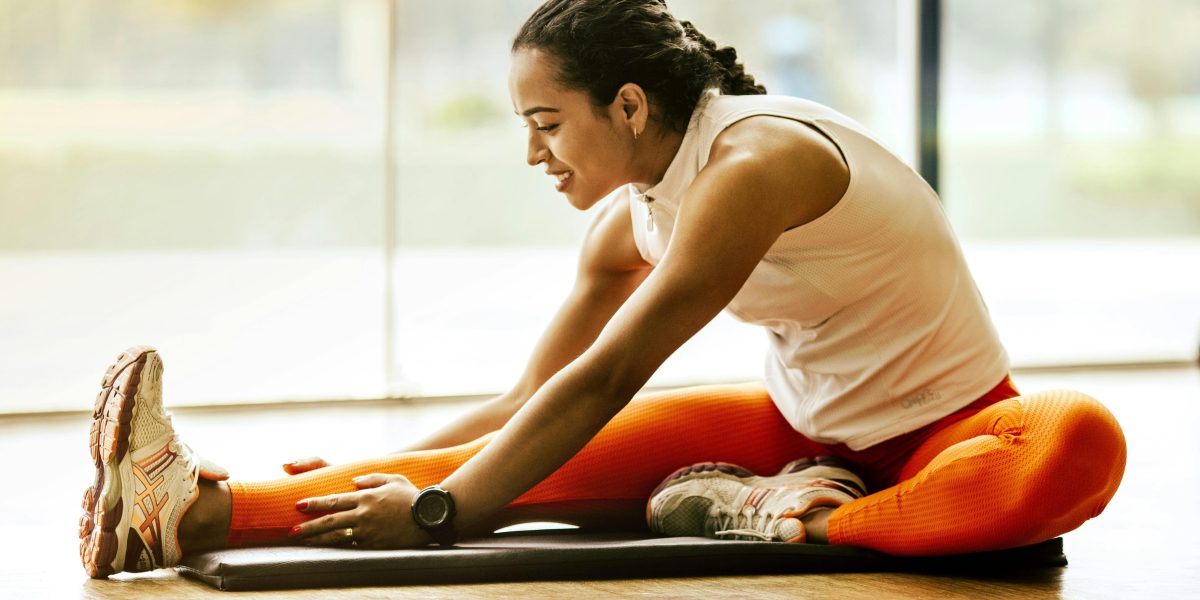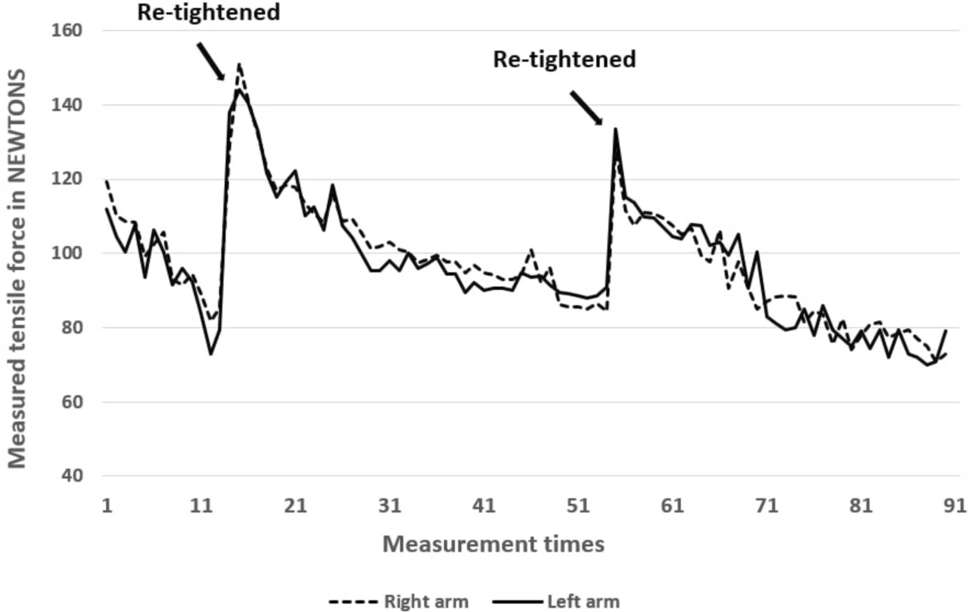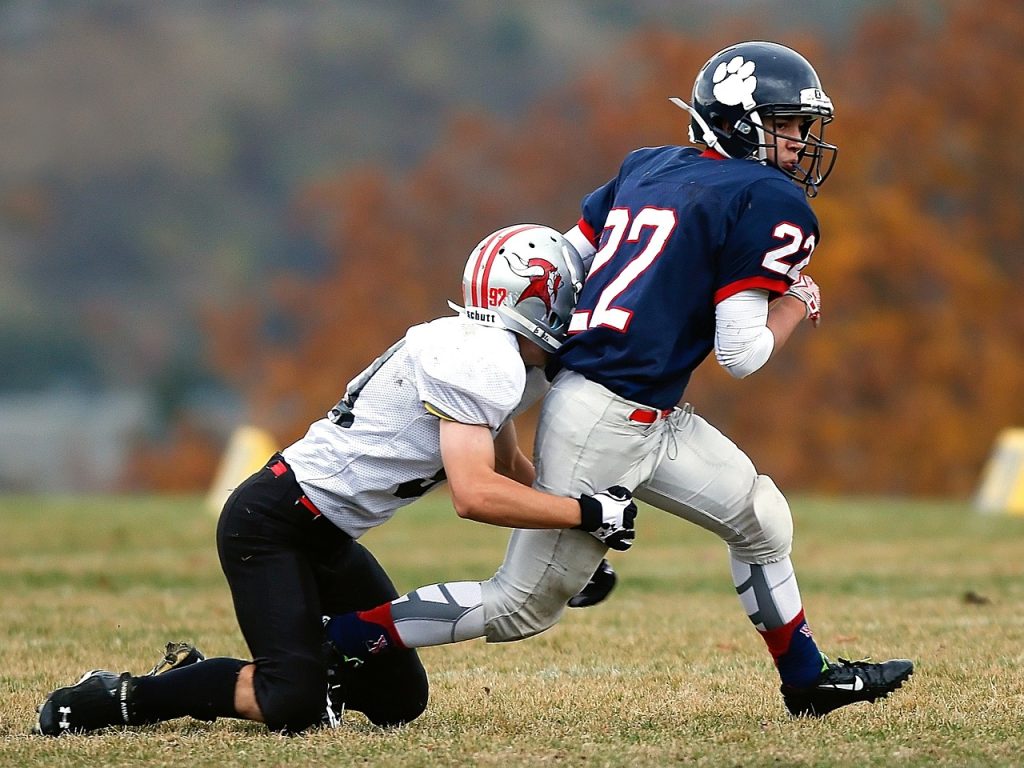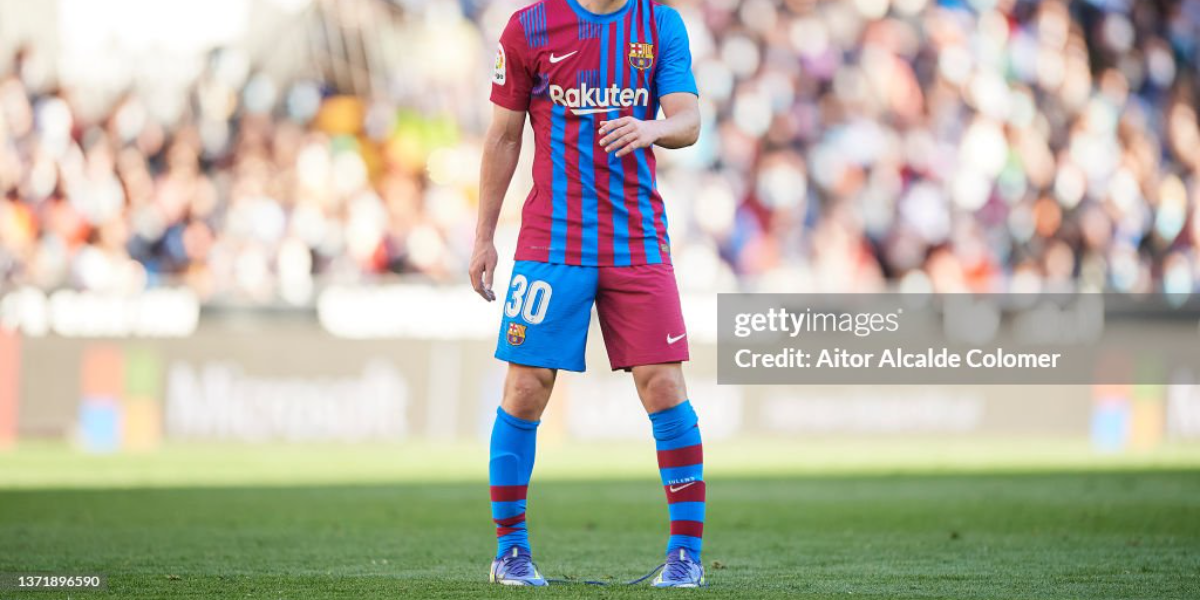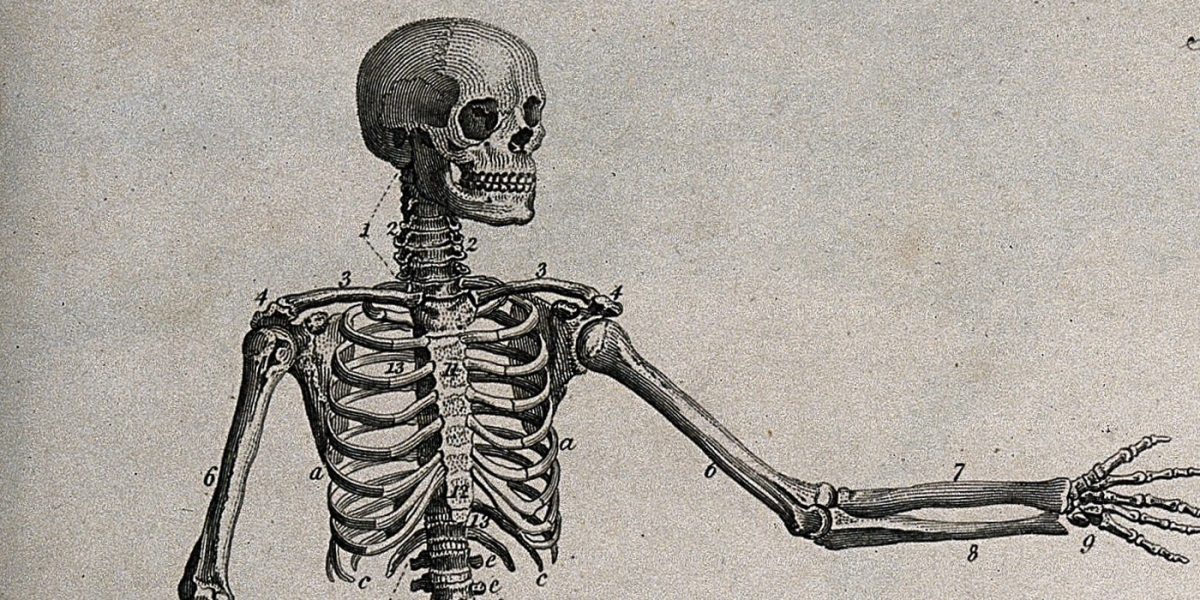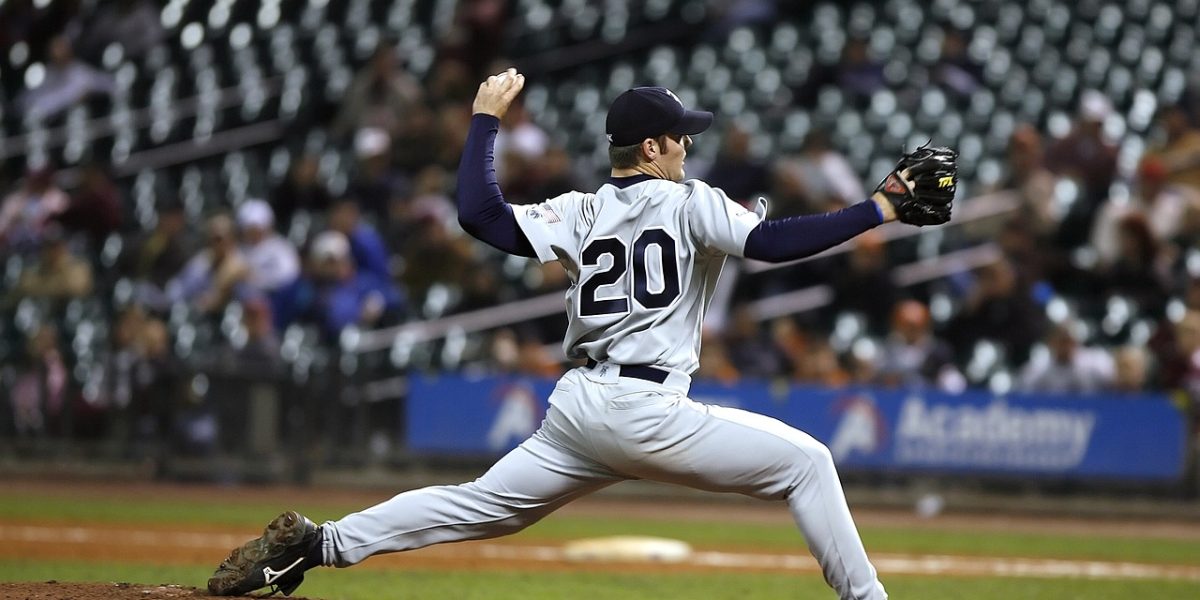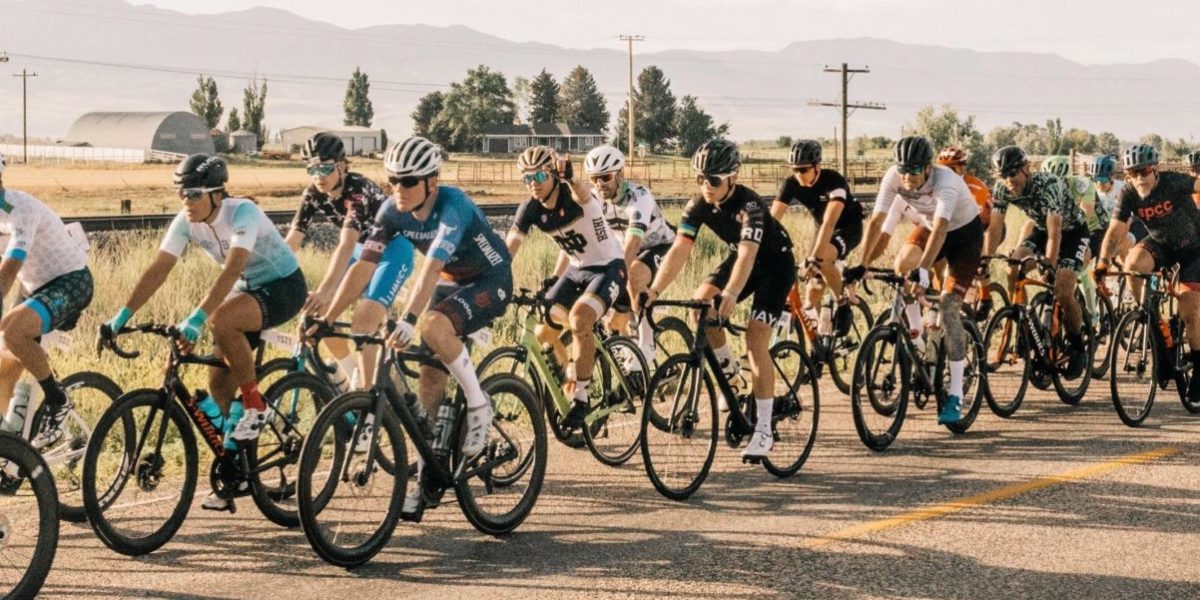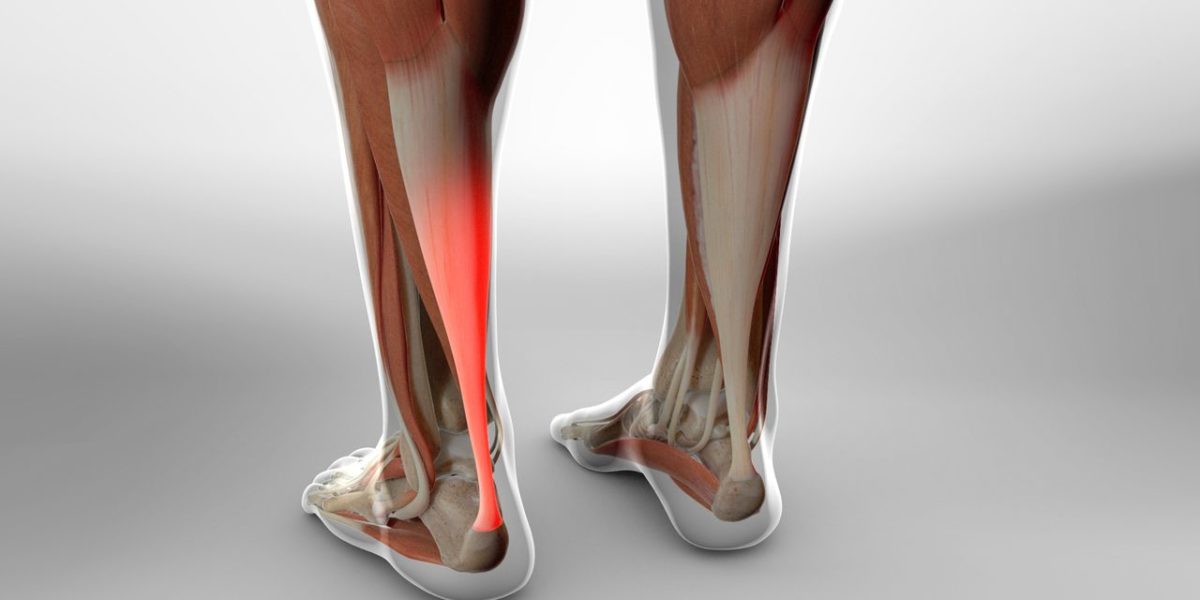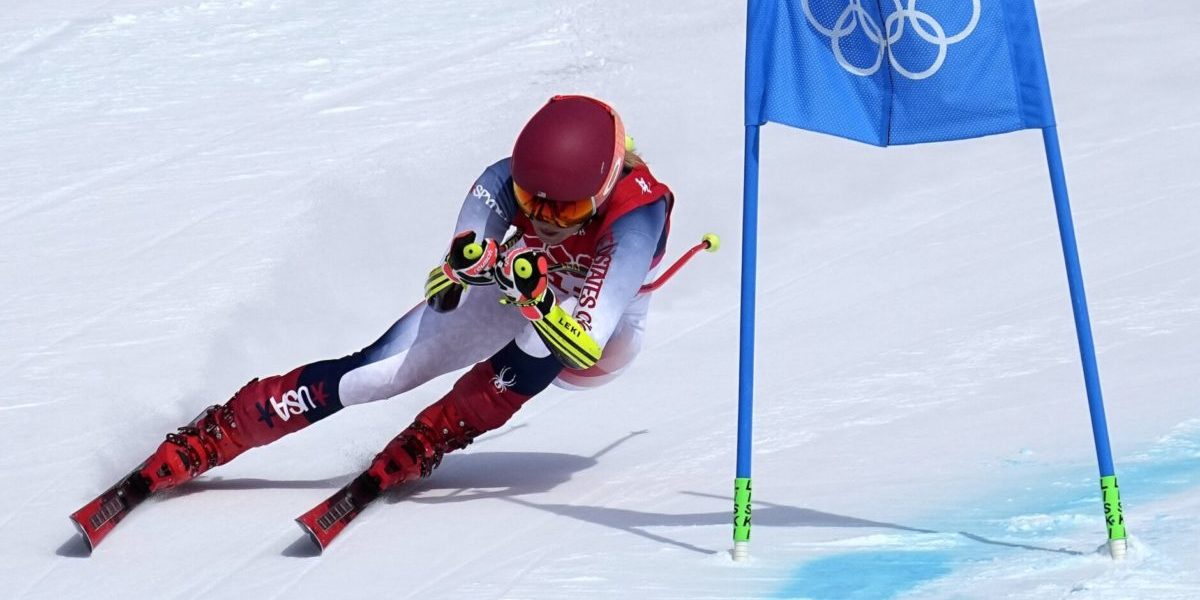The butterfly position is the cornerstone of modern ice hockey goaltending. However, many have questioned if it is the cause of increasing non-contact goalie hip and groin injuries. In this Notre Dame Biomechanics in The Wild video, we investigate if the butterfly method is to blame.
References:
- Whiteside D, Deneweth JM, Bedi A, Zernicke RF, Goulet GC. Femoroacetabular Impingement in Elite Ice Hockey Goaltenders: Etiological Implications of On-Ice Hip Mechanics. The American Journal of Sports Medicine. 2015;43(7):1689-1697. doi:10.1177/0363546515578251
- Frayne, Ryan J., “The Effects of Ice Hockey Goaltender Leg Pads on Safety and Performance” (2016). Electronic Thesis and Dissertation Repository. 4221. https://ir.lib.uwo.ca/etd/4221
- Philippon MJ, Ho CP, Briggs KK, Stull J, LaPrade RF. Prevalence of Increased Alpha Angles as a Measure of Cam-Type Femoroacetabular Impingement in Youth Ice Hockey Players. The American Journal of Sports Medicine. 2013;41(6):1357-1362. doi:10.1177/0363546513483448
- Wörner T, Clarsen B, Thorborg K, Eek F. Elite Ice Hockey Goalkeepers Have a High Prevalence of Hip and Groin Problems Associated With Decreased Sporting Function: A Single-Season Prospective Cohort Study. Orthopaedic Journal of Sports Medicine. 2019;7(12). doi:10.1177/2325967119892586
Included Photos:
- Équipe de hockey de Riverbend, Alma (Québec) – Unknown Author (Wikimedia)
- Princeton hockey team LCCN2014688836 – Bain News Service (Wikimedia)
- 1911 Coupe de Chamonix – England vs. Belgium – Meurisse M. Williams (Wikimedia)
- Hockey-vs-rit 30289172813 o – United States Air Force Potographer (Wikimedia)
- Portillo pd1 5 17 – Jenn G (Wikimedia)
- FAI Example – From Whiteside [1]
- Hip Rotations – From Whiteside [1]
Included Videos:
- NHL Oldest Footage – Delta Highlights (YouTube)
- Patrick Roy: The Butterfly Effect – Red Hot Hockey (YouTube)
- Emergency Goalie Steals the Show in Chicago – NHL (YouTube)
- Business people’s hands doing analysis and planning a business project in an office (Videezy)
Music:
- Aurora on the Boulevard – National Sweetheart (YouTube Audio Library)

